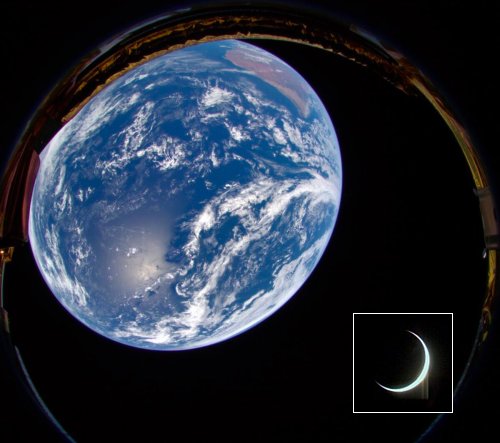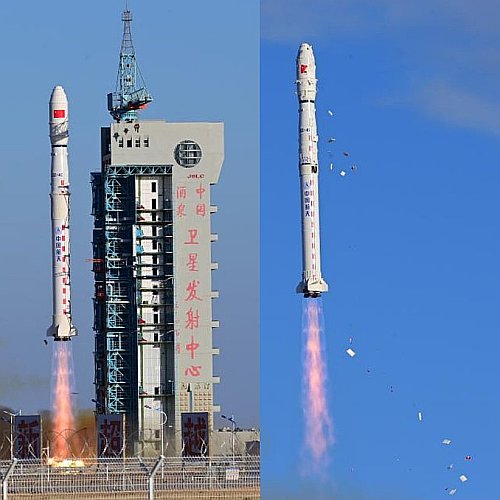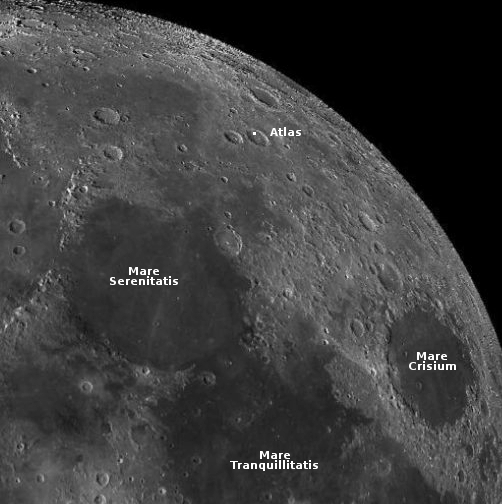The first launch of China’s Zhuque-2 rocket ends in failure
The first launch of China’s Zhuque-2 rocket, built by the pseudo-private company Landspace, ended in failure today when the upper stage had problems after separation of the first stage.
Apparent spectator footage posted on Chinese social media showed the rocket ascending into clear skies, trailed by white exhaust. While the first stage is understood to have performed well, separate apparent leaked footage suggests that issues affecting the rocket’s second stage resulted in the failure of the mission.
Data suggest an expected burn of the stage’s vernier thrusters, intended to carry the stage and payloads into orbit after a burn by the main engine, did not occur as planned.
If this launch had been successful, it would have made the Zhuque-2 rocket the first rocket to reach orbit using methane as a fuel, beating three different American companies, SpaceX, Blue Origin, and Relativity.
Relativity has been preparing for the first launch of its Terran-1 rocket since October, with a goal of launching before the end of the year. At the moment however no launch date is set, though the company’s CEO seems confident it will launch soon.
In addition, SpaceX has also been targeting the first orbital launch of its Starship/Superheavy rocket by the end of this year. As with Relativity, no launch date has been set.
The first launch of Blue Origin’s New Glenn rocket meanwhile is nowhere in sight, as yet. It was originally supposed to launch in 2020, but even now has four launches scheduled on its manifest for 2023. None however have been scheduled, and the first launch will likely slip to late in the year, if that soon.
The first launch of China’s Zhuque-2 rocket, built by the pseudo-private company Landspace, ended in failure today when the upper stage had problems after separation of the first stage.
Apparent spectator footage posted on Chinese social media showed the rocket ascending into clear skies, trailed by white exhaust. While the first stage is understood to have performed well, separate apparent leaked footage suggests that issues affecting the rocket’s second stage resulted in the failure of the mission.
Data suggest an expected burn of the stage’s vernier thrusters, intended to carry the stage and payloads into orbit after a burn by the main engine, did not occur as planned.
If this launch had been successful, it would have made the Zhuque-2 rocket the first rocket to reach orbit using methane as a fuel, beating three different American companies, SpaceX, Blue Origin, and Relativity.
Relativity has been preparing for the first launch of its Terran-1 rocket since October, with a goal of launching before the end of the year. At the moment however no launch date is set, though the company’s CEO seems confident it will launch soon.
In addition, SpaceX has also been targeting the first orbital launch of its Starship/Superheavy rocket by the end of this year. As with Relativity, no launch date has been set.
The first launch of Blue Origin’s New Glenn rocket meanwhile is nowhere in sight, as yet. It was originally supposed to launch in 2020, but even now has four launches scheduled on its manifest for 2023. None however have been scheduled, and the first launch will likely slip to late in the year, if that soon.




